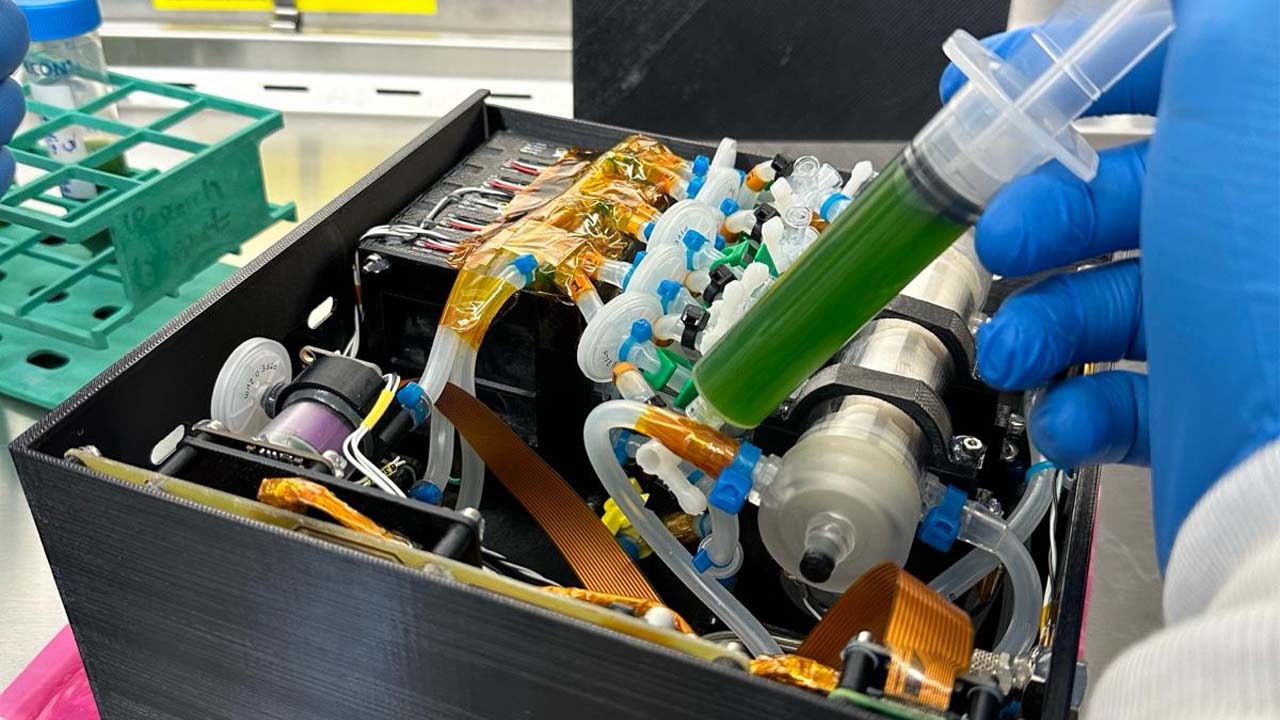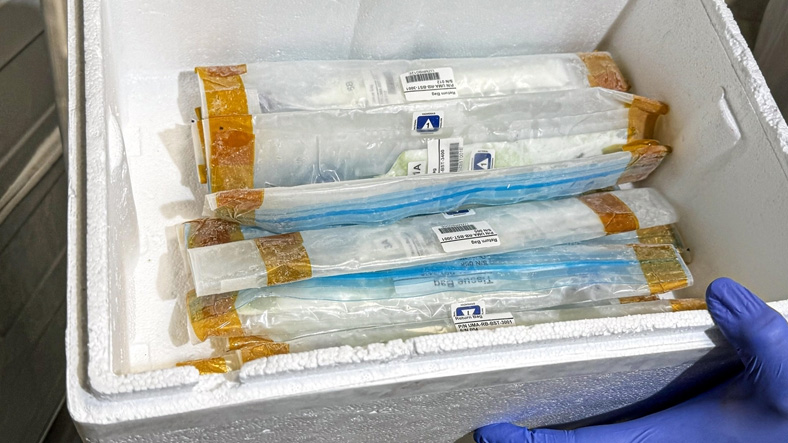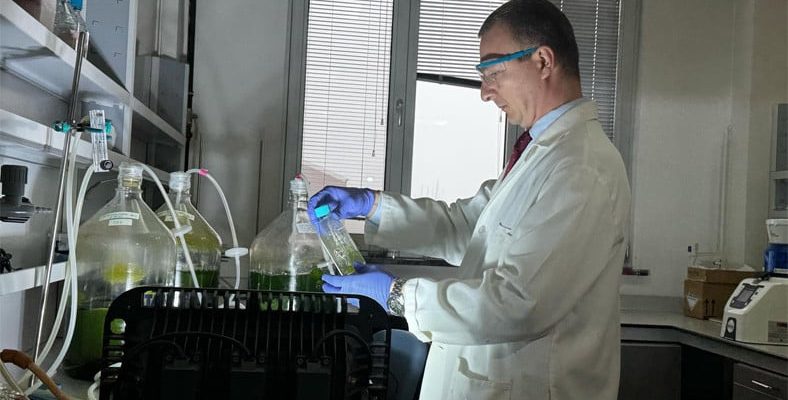The first results came from one of the experiments carried out by Turkish astronaut Alper Gezeravcı in space. Turkish scientists seem to solve one of the most important problems of astronauts with this experiment.
Alper Gezeravcı, Turkey’s first space traveler, performed some experiments on the International Space Station (ISS). One of these experiments is “Expert“Expert was designed by scientists who continue their studies at Boğaziçi University, TÜBİTAK Marmara Research Center, TÜBİTAK Space Institute and Istanbul Medeniyet University. It was about microalgae. With this experiment, scientists wanted to measure the oxygen production abilities of microalgae in a zero-gravity environment.
Now, some statements have been made about Expertise. experimental your first results Scientists stated that microalgae are more abundant in a zero-gravity environment than those found in closed spaces. 3 to 5 times more They announced that they discovered that it has the ability to convert carbon dioxide into oxygen. Scientific study is of critical importance in meeting the oxygen and food needs of astronauts in the space environment.
The experiment was carried out in a module developed by the European Space Agency
For the experiment to be carried out in space, Turkish scientists have prepared two of them, two of which are stored in the poles, and one of which can live in both fresh and salt water. three species of microalgae they used. With the work of the Istanbul Microalgae Biotechnologies Research and Development Unit established within Boğaziçi University, miniature size microalgae reactors were created. The experiment, which was protected in NASA laboratories before launch, was also sent to space with Alper Gezeravcı.
RELATED NEWS
Alper Gezeravcı Appointed to the Board of Directors of the Turkish Space Agency
Miniature-sized microalgae reactors after reaching the ISS European Space Agency It was placed in a module called Columbus developed by . The reactors that started operating in this module enabled scientists to find answers to the questions they were curious about. Meanwhile; Turkish scientists not tried before To accomplish this, they integrated a special carbon dioxide enrichment unit into this experiment.
So what conclusion was reached in this experiment?

The name that made a statement on the subject is Boğaziçi University Environmental Sciences Institute Doctoral Lecturer, who is the number one in the research. Berat Haznedaroğlu was. Haznedaroğlu made the following statements about the results of the experiment:
We further increased the carbon dioxide level, which was approximately 500 parts per million, to approximately 2 thousand, 2 thousand 500 parts per million. In the data we obtained, we were able to observe that carbon dioxide at these levels decreased by approximately 1/3. Our reactors were small reactors with a total capacity of 30 milliliters, and we can say that the performance of converting them into oxygen was actually high with their full systems. With the Expert experiment, we proved that we can use our algae to improve the air.
What benefits will this experiment bring to the space sector?

Berat Haznedaroğlu also spoke about the potential solutions revealed by this experiment:
In the second phase of the experiment, we will examine the algae metabolically and understand which functional food products can be obtained most. In addition, we will scientifically reveal which mechanisms contribute more to converting them into oxygen. People’s needs are exactly the same. They need energy and food. Plants grown for other experiments in space need fertilizer. When an animal needs it, it can be used as feed for them. We have obtained important data that we can use it for many different commercial applications such as recovery of precious metals and hydrogen production tomorrow.
Source :
https://www.aa.com.tr/tr/yesilhat/bilim/alper-gezeravcinin-uzayda-gerceklestirdigi-mikroalg-deneyinden-ilk-sonuc-alindi/1822558
